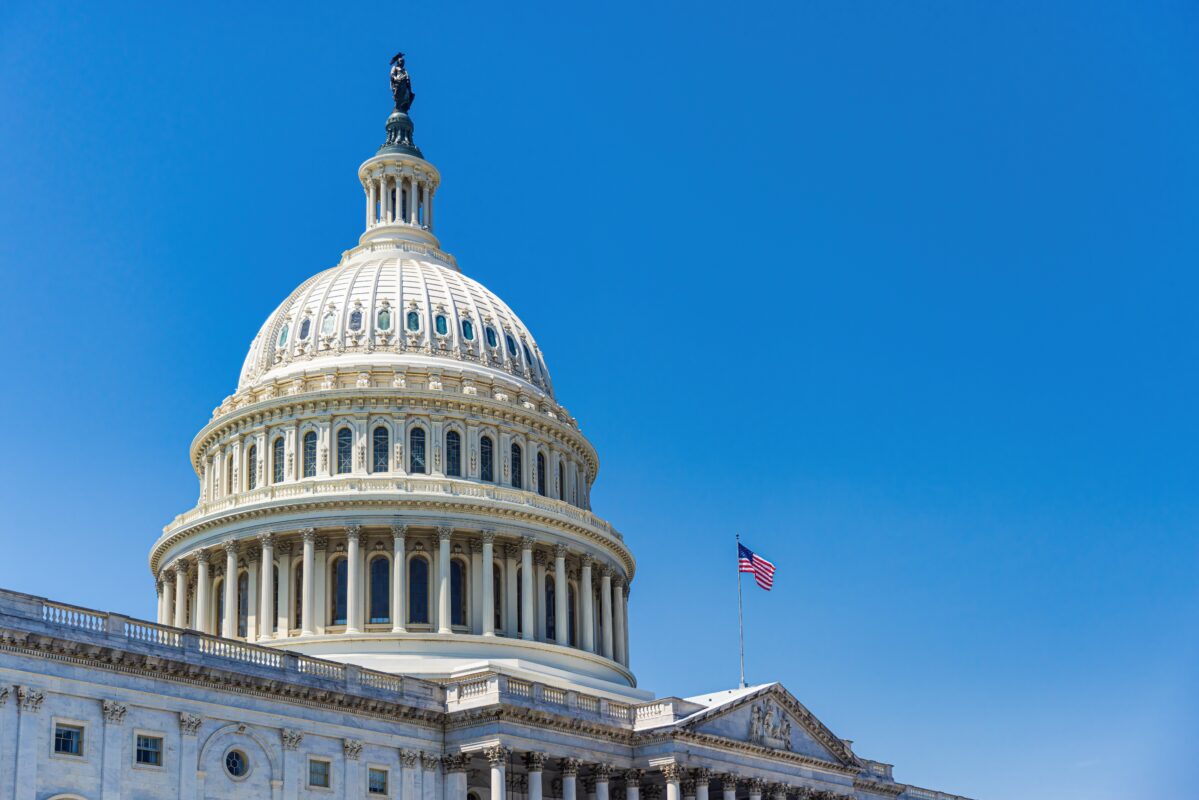By Shelley Moats and Liza Creel
The primary objective of local, state, and federal response to COVID-19 is to minimize mortality and mitigate explosive demand for acute health-care services related to COVID-19 complications, especially those that require care in intensive care units.
Governmental responses have varied from statewide stay-at-home orders to more incremental approaches targeting restrictions in specific industries and locations. Certainly, many of these restrictions are warranted and necessary to achieve the desired public health outcomes.
Even so, these decisions are not without associated short- and long-term costs. Those with the authority to institute restrictions—mayors, governors, and the President—have had to make hard choices and balance many competing demands. Thus far, much of the public discourse about these costs has focused on economic tradeoffs—stock market plunges, the record number of job losses, and the associated increase in applications for unemployment. But there are other costs, not yet fully apparent, for which the public health community should prepare.
Here we describe the implications of the COVID-19 response on children who were born during the time when in-person health-care services were limited, focusing specifically on newborn hearing screening (NBHS) and follow-up services for infants identified with potential hearing loss.
We argue that non-essential service determinations related to NBHS and follow-up, and their associated care disruptions, will negatively impact children with hearing loss and their families.
Further, we make recommendations for improvements and more systematic approaches to determining essential services should our country face another pandemic or a second wave this fall.
We use the response in Kentucky as an example since we reside here, and since Kentucky has been highlighted as a state with a successful response leading to fewer COVID-19 deaths (Courtemanche et al, 2020; Karimi et al, 2020).
We by no means intend to minimize the success of Kentucky’s response; rather, we seek to describe some unintended consequences of it that may be experienced by other pediatric audiologists across the country.
Recent Posts
Termination of Federal EHDI Grants
Earlier this week, the Academy learned that seven federal cooperative agreements funded by the U.S. Health Resources and Services Administration (HRSA) are being terminated. Despite…
Discover What’s New (and Worth the Trip) at AAA 2026
We’re gearing up for an unforgettable convention, and we’re excited to share what’s new in San Antonio! This year’s convention brings fresh programming, expanded learning…
Congress Introduces Legislation to Protect Audiology Students’ Access to Federal Loans
New bipartisan legislation (H.R. 6718) introduced in the U.S. House of Representatives would restore audiology to the federal definition of a professional degree under the…


